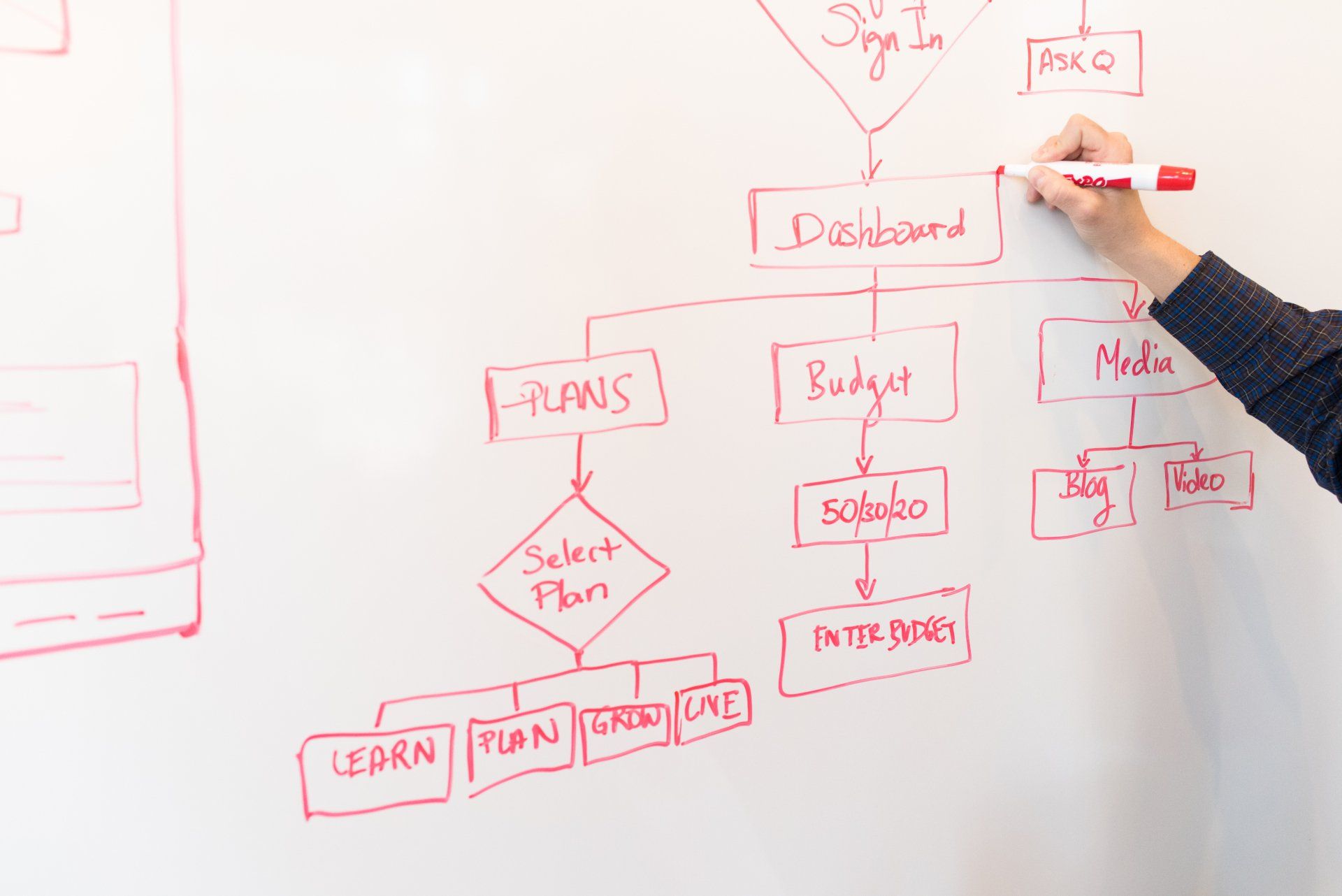Process Mining and Task Mining:
The Perfect Combination for Successful RPA.

Process mining and task mining are vital elements of any intelligent automation project. However, there’s a great deal of confusion about the tools and whether they can be used interchangeably or are actually unrelated.
The answer is that they serve different purposes and applications for businesses. However, when used together in a complementary way, process mining and task mining serve to help transform the way businesses operate. Let’s define what the tools are and the crucial differences between them.
What’s the difference between process mining and task mining?
As their names suggest, process mining and task mining are all about discovery. If an auto manufacturer wants to improve the efficiency and cost-effectiveness of how it makes a new vehicle, it will review how well its processes take a car from initial design to completion.
The manufacturer will also look at the steps a person or machine uses to undertake specific tasks, including crafting sheet metal, fixing a part or building the transmission.
In a broader business sense then, process mining examines how well a system flows between people or machines. Task mining uncovers how efficiently individual parts of a process are being managed. Therefore, process mining and task mining are complementary in that they both consider how to improve an overall system but from different perspectives.
How Process Intelligence combines process mining and task mining
Blue Prism Process Intelligence Powered by ABBYY Timeline combines process mining, task mining and business intelligence-like metrics to provide detailed insights into processes and tasks across the business. It adds significant value in three main ways:
- Creates a complete history of every process iteration from beginning to end, even when some steps are performed using multiple systems. Recorded as timelines, processes and tasks can be compared, filtered, searched and aggregated to identify inefficiencies and potential for improvement.
- Monitors every iteration and alerts process owners about any deviation that could cause delays. It enables continuous improvement and continues to deliver return on investment (ROI) as businesses operate, not just at the initial stages.
- Allows organizations to define process rules, then trains the system to identify problems and alert the business. This approach can extend to alerting a human to step in and fix the issue quickly and efficiently.

Why Process Intelligence is the perfect blend for intelligent automation
Organizations that use only process automation or task automation tools are missing an opportunity to automate and digitize at the same time. To succeed with digital transformation, organizations need visibility into how people, processes and tasks are operating within their businesses, where the bottlenecks are and how well automated processes are performing in practice.
Achieving results quickly using traditional methods, such as interviewing process owners and those who undertake tasks, is impossible. Not only is it a time-consuming approach, but it can introduce bias. With Process Intelligence, organizations can rely on data-driven, real-time insights that take them through to the next level of intelligent automation.
* This post first published at Blue Prism website.
Click any of the icons below to share this post



